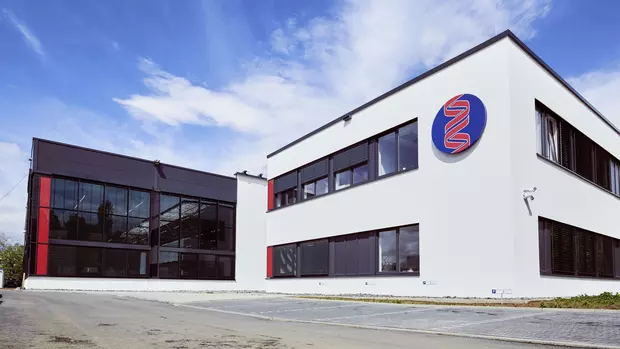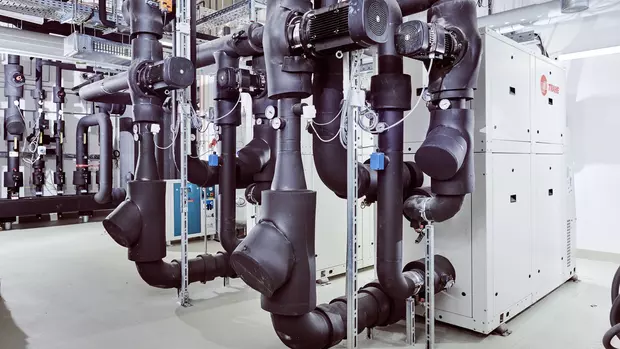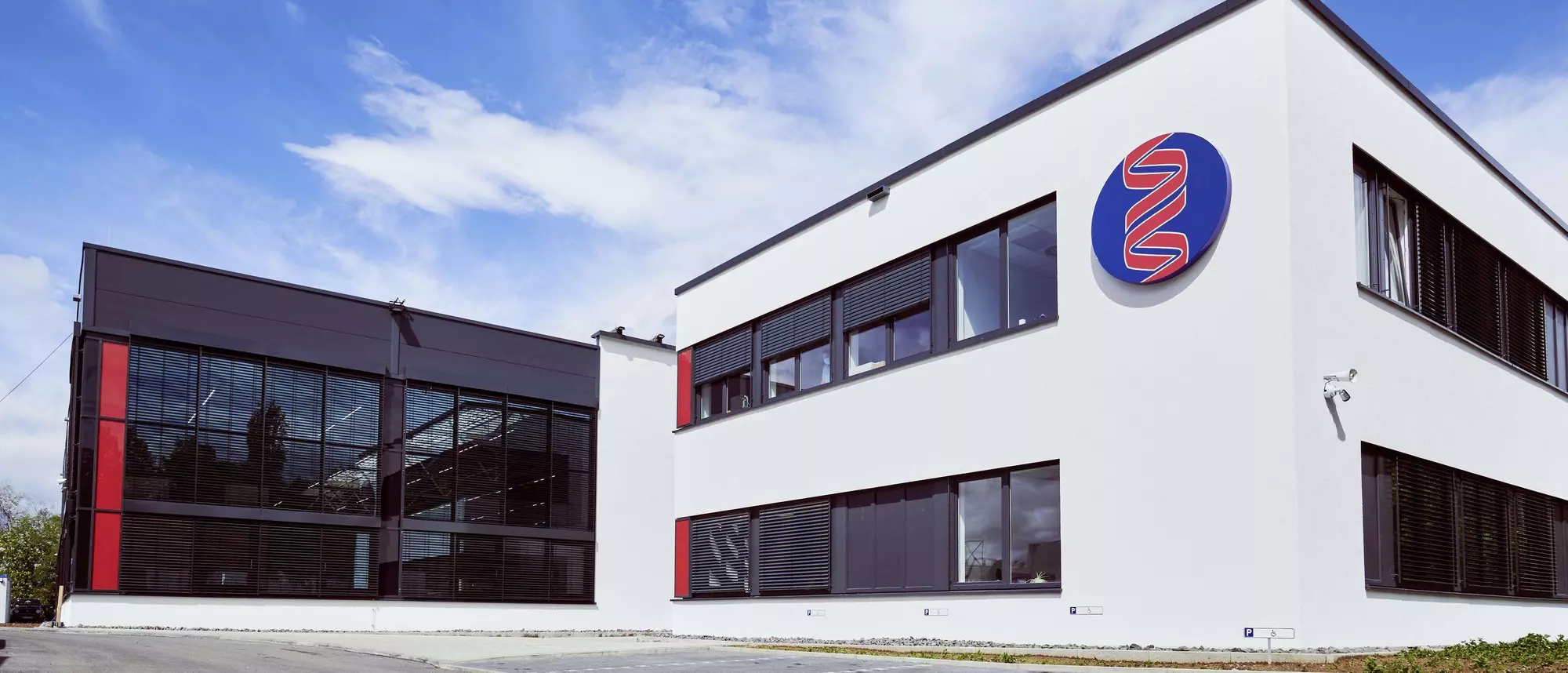

When it comes to heating and cooling, Bioscientia MVZ Labor Mittelhessen GmbH relies on the expertise of Stadtwerke Giessen for its new location in Rudolf-Diesel-Straße. They supply district heating and operate two highly efficient chillers for the modern laboratory.
In order to be able to carry out increasingly complex medical tests with maximum reliability, medical laboratories need optimum conditions in terms of room air conditioning. Reason enough for those responsible at Bioscientia MVZ Labor Mittelhessen GmbH to choose the right partner when it comes to heating and cooling for their new location in Rudolf-Diesel-Straße - the new medical care centre (MVZ). "We are very pleased and also a little proud that we were able to convince them with our offer," explains Thomas Wagner, Head of Sales Business Customers & Municipalities at Stadtwerke Gießen (SWG).
In fact, he and his colleagues in the technical department were confronted with a very complex situation. At least as far as cooling production is concerned, which SWG has taken on as part of a contracting agreement. Unlike in office buildings, for example, where a failure of the air conditioning would only result in a loss of comfort, functioning cooling units are an absolute must at the MVZ. "In order to fulfil this crucial criterion, we planned and built a virtually redundant system," explains Christian Spratte, project manager at SWG. Two highly efficient compression chillers, each with an output of 300 kilowatts, generate the required cold water. With the exception of a few days in midsummer, only one system is in operation at any one time. In the event of a fault, the second unit starts up without any significant delay. Furthermore, a 3000 litre buffer tank provides additional security.
Everything controlled
In addition to the dual design, the cooling system has two other special features. "Because there is a neighbouring residential area, it was important to keep the noise level of the necessary recooling units within limits," says Michél Sennhenn, responsible for the supply concept in SWG's technical field service, describing the order. In addition, the chillers are not run at a fixed value as usual, but are controlled via the building management system. This tells the system what temperature the cold water needs to be. The unit then adjusts the requested value within seconds. This process not only fulfils the requirements of the MVZ, but also saves energy. Instead of always delivering the maximum required value, the machines cool noticeably less when demand is lower. This goes hand in hand with significant energy savings. The setpoint temperature control also has an additional advantage: the machines switch on and off less frequently. And that has a positive effect on their service life.
Those responsible also rely on a comparable control system for the district heating connection. The building management system specifies what flow temperature is required, and the SWG transfer station then supplies it to the exact degree. Because the temperature in the district heating network is usually constant, in this particular case the SWG engineers work with a controllable valve that regulates the flow. The less hot water flows through the transfer station per unit of time, the lower the flow temperature in the MVZ.
Everything from a single source
"We didn't take the decision lightly," recalls Dr Tunay Aslan, Managing Director of the MVZ. This can also be seen from the comparatively long history. The initial discussions date back to 2018. "Ultimately, SWG's many years of expertise were the decisive factor. Combined with the fact that we receive environmentally friendly district heating and cooling from Stadtwerke Gießen from a single source," continues Dr Tunay Aslan. Of course, the issue of security of supply also played a central role. One of the ways in which SWG guarantees this is by monitoring the plant around the clock via its integrated network control centre.

